SUMMARY
This is AI generated summarization, which may have errors. For context, always refer to the full article.
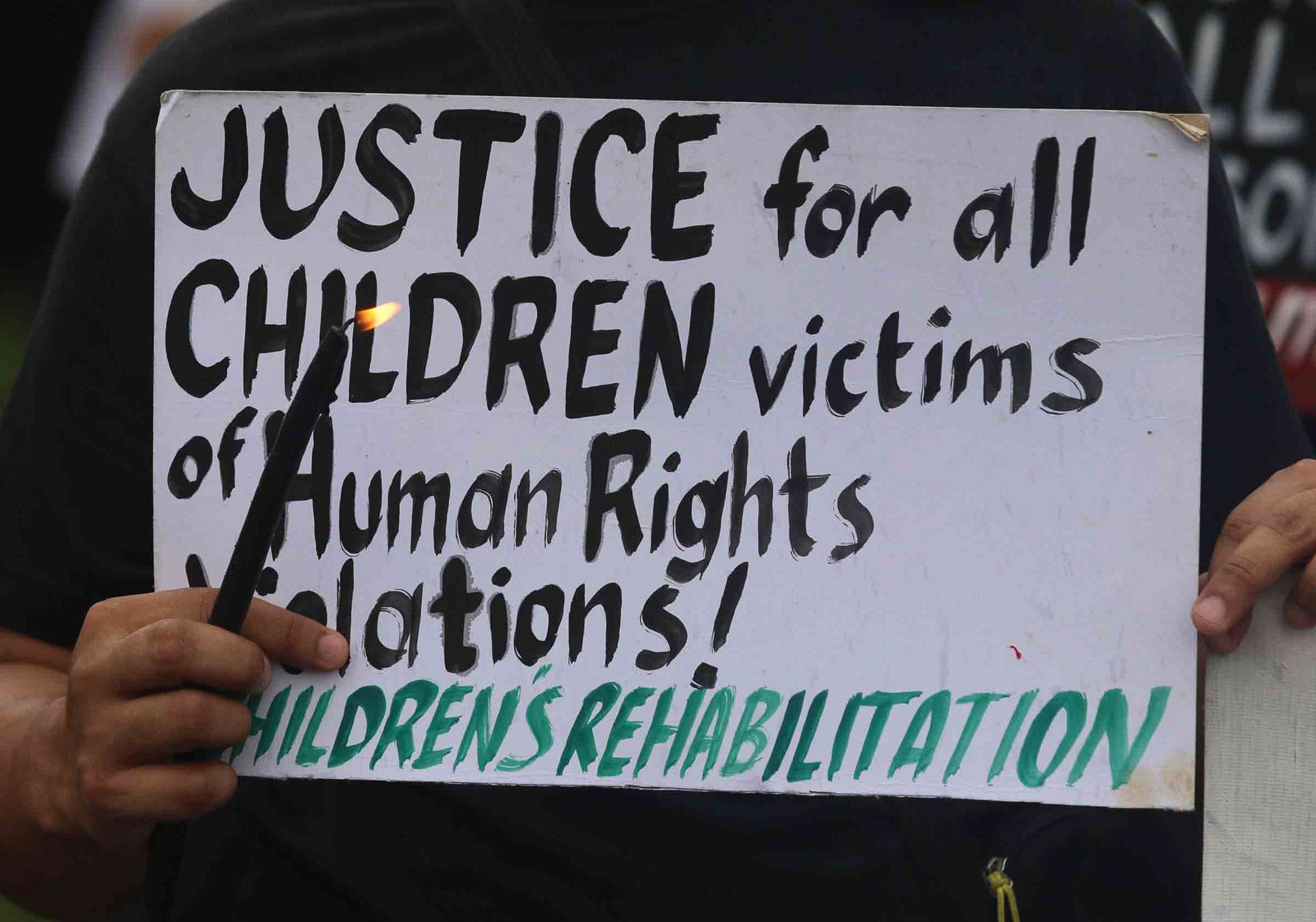
With the recent anti-climactic decision of the Supreme Court, made all but irrelevant by the death of an infant, progressive groups raised calls for the high tribunal to be an “active and humane court.”
“Don’t be a passive court, be an active, humane court,” said Fides Lim, spokesperson of prisoners’ rights group Kapatid.
Lim said the Supreme Court should heed the call of Associate Justice Marvic Leonen to promulgate the rules on the Writ of Kalayaan, an extraordinary remedy that prisoners can avail of when proven that there is extreme need for reliefs given jail conditions, and other health factors.
Leonen proposed the writ in his separate opinion in the Supreme Court’s decision that remanded to the lower courts political prisoners’ petition for temporary release amid the pandemic.
The decision was issued 5 months after the petition, and which had been overtaken by the birth, and then the death, of one of the petitioner’s child – the baby River. The three-month child will be buried on Friday, October 16.
“This is an issue not only about political prisoners but ALL prisoners who are elderly, very sick, pregnant, nursing mothers. We ask you to release more prisoners,” Lim said.
Lim recalled that in May, as the Supreme Court boasted of its efforts to release qualified prisoners under existing rules, Chief Justice Diosdado Peralta had said: “It must be remembered that they have not yet been convicted. They are still innocent. And yet they are highly at risk of being infected by the deadly virus. It’s already like imposing the death penalty on them even before their guilt can be established beyond a reasonable doubt.”
“Do not stand in your own way. Chief Justice Peralta, you have 2 more years to be true to your own words… Approve (the Writ of Kalayaan),” said Lim.
The Supreme Court has the power to promulgate new rules, but its exercise of that power in the past – such as the promulgation of the rules of the writs of amparo and habeas data – was seen as a form of judicial activism.
Whether judicial activism is good or bad depends on the ideology that one follows. The other principle is judicial restraint, where justices prefer to give the executive and legislative branches discretion so as not to overstep on their co-equal branches.
Red-tagging
NUPL’s Ephraim Cortez said it was worrying that Associate Justice Edgardo Delos Santos’ separate opinion seemed to have red-tagged the political prisoners.
“The government cannot afford to gamble its chances and resources by allowing petitioners who are allegedly key members of the CPP-NPA-NDF to roam free while the COVID-19 pandemic remains an imminent and grave threat,” Delos Santos said, echoing the opposition of Solicitor General Jose Calida.
“The fact that a separate opinion in a decision of the Supreme Court reiterated the Solicitor General’s red-tagging is worrisome,” said Cortez in a mix of English and Filipino.
Cortez said it violated the presumption of innocence, especially that the charges of the prisoners have something to do with their being activists.
Likewise, Leonen cautioned against Delos Santos’ pronouncement, saying “(T)his Court must refrain from making conclusions on the merits of the petitioners’ pending cases.”
‘Conflicted’ decision
Lim criticized the long period the Supreme Court took in arriving at a decision, that at best, was “conflicted.”
“All what we got after 5 months wait was a 301-page conflicted decision where justices debated with each other whether the Enrile ruling on granting bail to the elderly or the Mandela rules applies to our case while a baby lay sick and dying,” said Lim.
The petition invoked the controversial precedent of granting bail to plunder defendant and former senator Juan Ponce Enrile, but that argument failed as dissenters to that decision refused to concede that the Enrile bail was proper.
Integrated Bar of the Philippines (IBP) president Domingo “Egon” Cayosa said the death of baby River was one among the many cases that “fall through the cracks” of the reviled Philippine justice system.
“Let our concern, dismay, or rage and the tears that we may shed for Baby River Nasino fuel our collective determination and action to improve our justice system,” Cayosa said.
“Let our humanity rise above our personal comforts or the privileges of power,” he added. – Rappler.com
Add a comment
How does this make you feel?
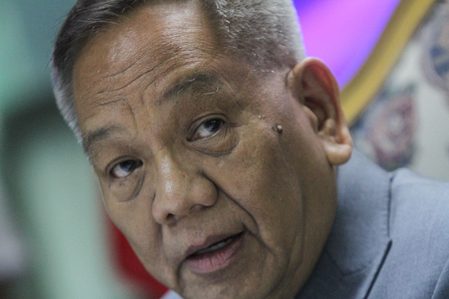
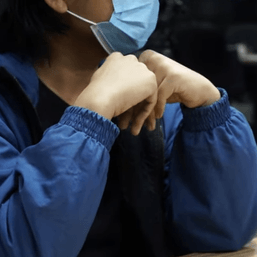

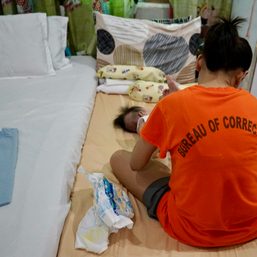
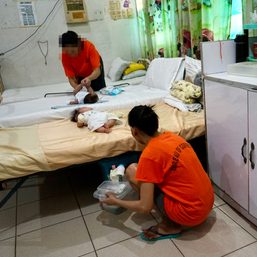
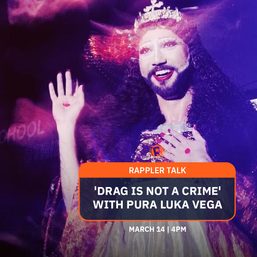
There are no comments yet. Add your comment to start the conversation.